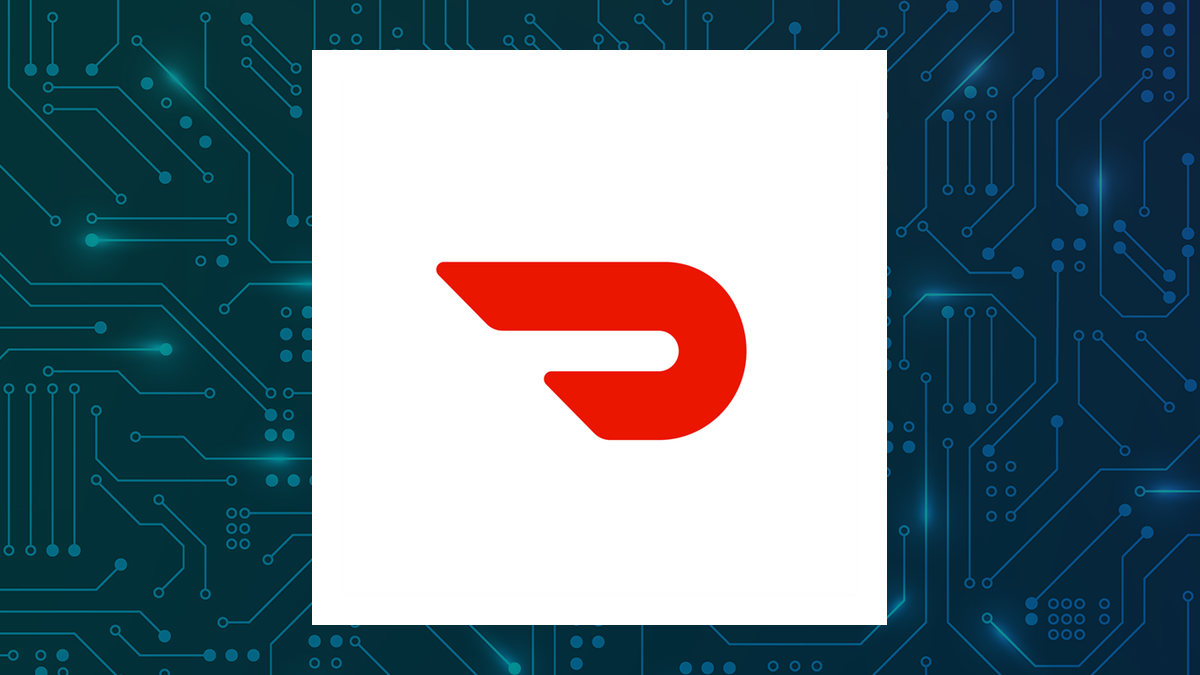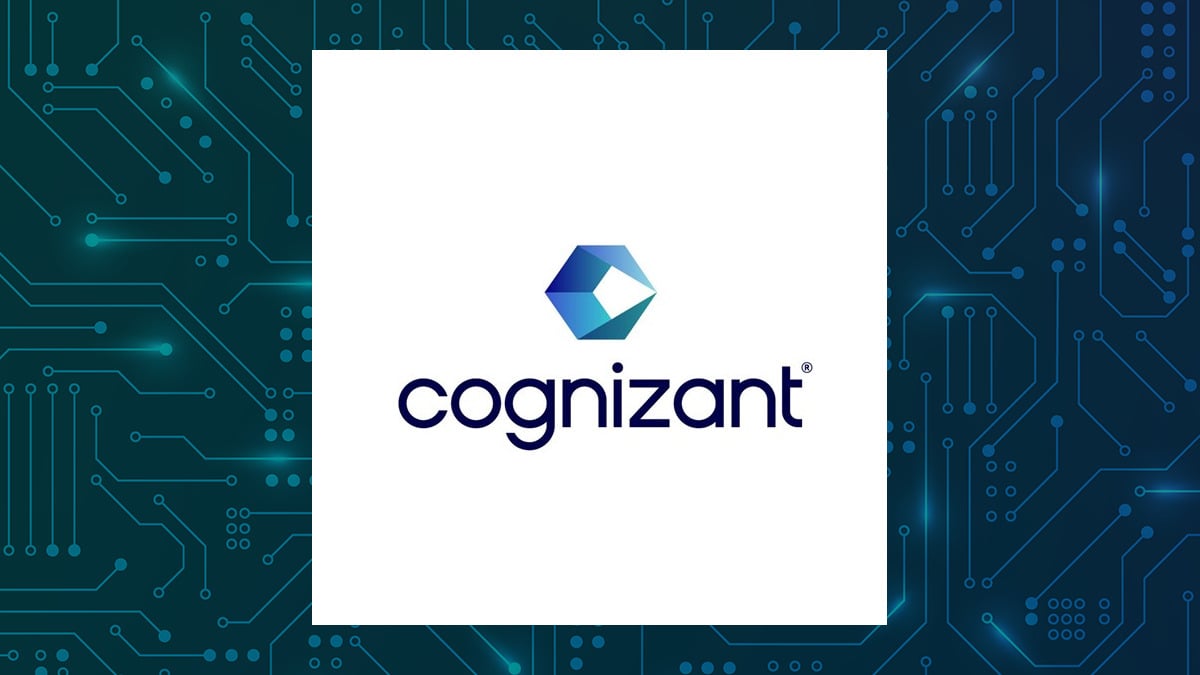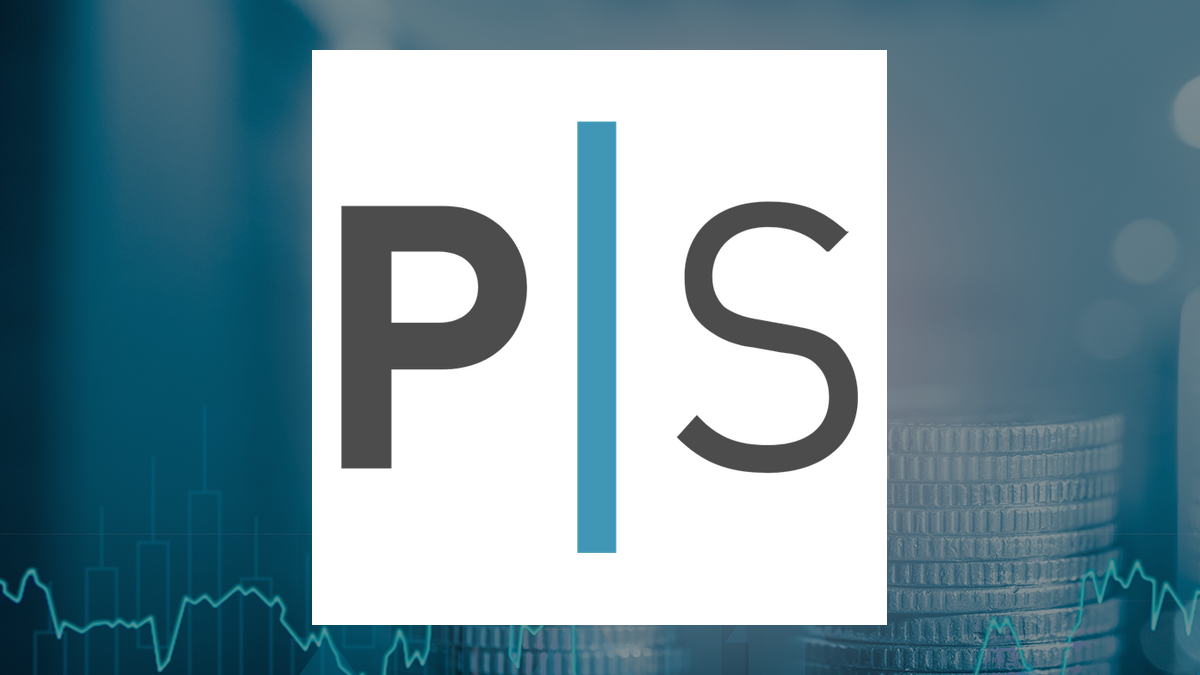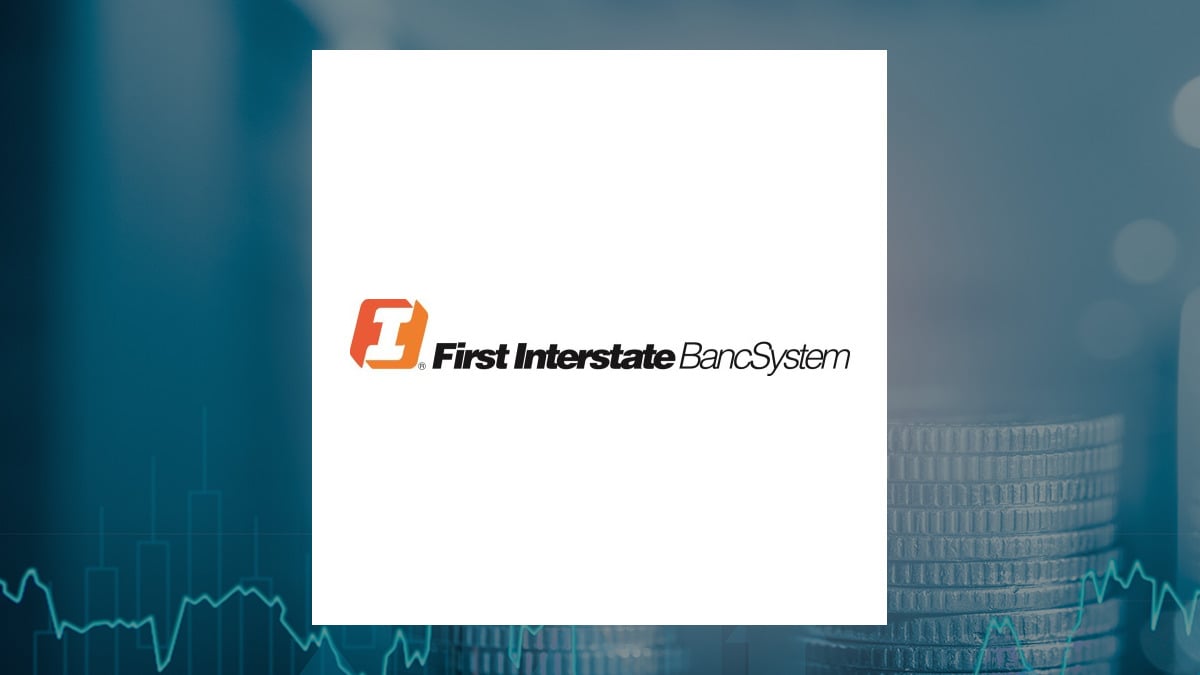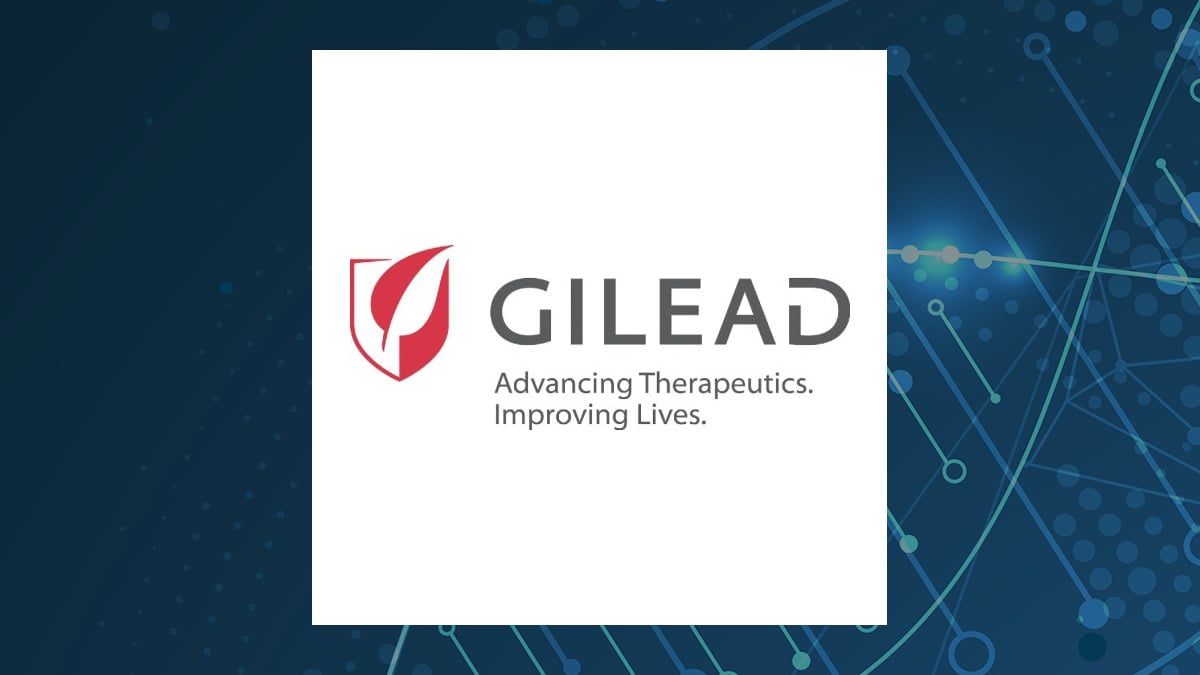
What is cybersecurity? Cybersecurity encompasses technologies, practices, and policies aimed at preventing cyberattacks or minimizing their impact. It protects systems, devices, data, financial assets, and people from threats such as ransomware, malware, phishing, and data theft. Types of Cybersecurity Network Security: Network security involves protecting the integrity, confidentiality, and availability of computer networks and data.
It includes measures to protect the network infrastructure from unauthorized access, misuse, or theft. Application Security: Application security focuses on protecting software applications from vulnerabilities throughout their lifecycle, including development, deployment, and maintenance. Information Security: Also known as data security, this type focuses on protecting sensitive data from unauthorized access and ensuring its integrity and availability.

Cloud Security: Cloud security involves protecting data, applications, and services hosted in cloud environments. It requires collaboration between cloud service providers and clients to ensure proper security measures are in place. Endpoint Security: Endpoint security focuses on securing end-user devices such as computers, smartphones, and tablets that connect to the corporate network.
Operational Security (OpSec): Operational security involves processes and decisions for handling and protecting sensitive information assets. It focuses on how data is handled within an organization. Disaster Recovery and Business Continuity Planning: This type of cybersecurity ensures that an organization can recover from a cyber incident or disaster while maintaining essential functions.
Importance of Cybersecurity Protection of Sensitive Data: One of the primary reasons for implementing network security measures is to protect sensitive information, such as personal data, financial records, and intellectual property. A breach could lead to severe financial losses and damage to an organization’s reputation. By safeguarding this information, businesses can maintain customer trust and comply with legal regulations regarding data protection.
Prevention of Cyber Threats: Network security plays a crucial role in mitigating various cyber threats, including malware, ransomware, and phishing attacks. By utilizing firewalls, intrusion detection systems, and antivirus software, organizations can detect and block potential threats before they cause harm. This proactive approach is essential for maintaining the integrity of the network.
Ensuring Business Continuity: Effective network security measures help ensure the smooth operation of IT systems by preventing downtime caused by security incidents. System outages can result in significant costs due to lost productivity and revenue. By implementing robust security protocols, organizations can minimize the risk of disruptions and maintain business continuity.
Enhanced Network Performance: A secure network promotes reliability by preventing issues such as lagging and downtime caused by cyberattacks. Continuous monitoring of network traffic allows organizations to identify suspicious activities early, ensuring optimal performance and efficient use of resources. This reliability is crucial for businesses that depend on uninterrupted access to their networks.
Compliance with Regulations: Many industries are subject to regulatory requirements regarding data protection and privacy (e.g., GDPR, HIPAA).
Implementing strong network security practices helps organizations comply with these regulations, avoiding potential fines and legal repercussions associated with data breaches. Secure Remote Access: With the rise of remote work, secure access to networks has become increasingly important. Network security measures such as Virtual Private Networks (VPNs) enable employees to connect securely to company resources from remote locations without compromising data integrity.
This capability is essential for maintaining productivity while ensuring security. Uses cases of Cybersecurity Threat Detection and Analysis: Threat detection involves identifying potential security breaches or malicious activities within a network. Advanced technologies like machine learning and anomaly detection are utilized to analyze patterns and behaviors that may indicate an attack.
Phishing Detection and Prevention: Phishing attacks are among the most common cyber threats, where attackers deceive users into providing sensitive information through fraudulent emails or websites. Malware and Ransomware Protection: Malware and ransomware can severely disrupt business operations by encrypting files or stealing sensitive data. Effective protection mechanisms are crucial for minimizing their impact.
Network Traffic Analysis: Analyzing network traffic is essential for identifying unusual activities that could signify security threats. This involves monitoring data flows within the network. Identity and Access Management (IAM): IAM solutions manage user identities and control access to sensitive information within an organization.
They help ensure that only authorized personnel can access critical resources. Insider Threat Detection: Insider threats originate from within the organization, often involving employees who misuse their access privileges. Detecting such threats is vital for protecting sensitive data.
Data Loss Prevention (DLP): DLP solutions aim to protect sensitive data from unauthorized access or exfiltration. They monitor data transfers and enforce policies to safeguard information. Endpoint Protection: Endpoint protection focuses on securing end-user devices such as laptops, smartphones, and servers from cyber threats.
Vulnerability Assessment and Management: Regular vulnerability assessments identify weaknesses in systems that could be exploited by attackers. Effective management ensures timely remediation of these vulnerabilities. Security Operations Automation: Automating security operations enhances efficiency by allowing organizations to process vast amounts of security data quickly.
FAQs of Cybersecurity Phishing is a cyber attack where attackers impersonate trusted entities to trick individuals into providing sensitive information, such as passwords or credit card numbers. This is often done through fraudulent emails or messages that appear legitimate. Ransomware is a type of malicious software that encrypts a victim's files or locks them out of their systems until a ransom is paid.
Attackers typically demand payment in cryptocurrency to restore access. Two-factor authentication (2FA) is a security process that requires two forms of verification before granting access to an account. This typically involves something the user knows (like a password) and something they have (like a mobile device receiving a one-time code).
A data breach occurs when an unauthorized party gains access to sensitive information, such as personal data or company secrets. This can lead to identity theft, financial losses, and reputational damage for organizations. Phishing is a cyber attack where attackers impersonate trusted entities to trick individuals into providing sensitive information, such as passwords or credit card numbers.
This is often done through fraudulent emails or messages that appear legitimate. Cybersecurity insurance can be beneficial for businesses as it helps mitigate financial losses resulting from cyber incidents. Whether you need it depends on your risk profile and the robustness of your existing cybersecurity measures.
Regular updates are crucial for maintaining security. It's recommended to review and update your cybersecurity measures at least quarterly or whenever there are significant changes in your business operations or technology infrastructure..










